
We carefully consider the needs of our customers and the impact on the environment, both from the construction of our homes and from our homes in use. We take all reasonable measures to minimise our impact on the environment, whilst balancing the need to deliver affordable, quality homes.
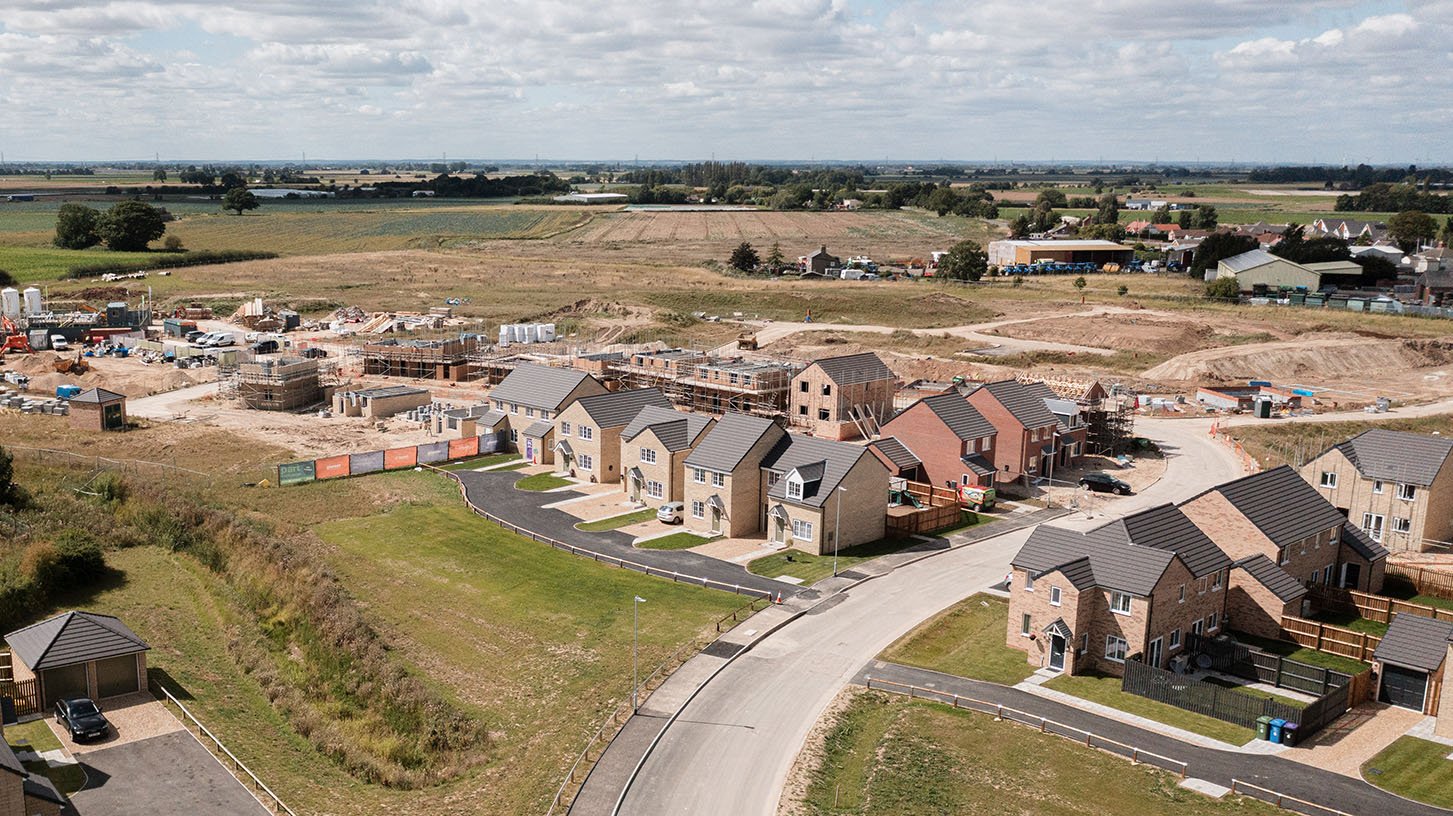
Carbon Emissions
The built environment contributes around 40% of the UK’s total carbon emissions, with around half of this being from “in-use” sources, such as heating, lighting, cooking and running appliances1.
This has reduced over the years as the UK moves towards decarbonising the electricity grid, with total in-use emissions having reduced by about a fifth since 1990 despite there being approximately a quarter more homes.2
This will continue with the government’s Future Homes Standard; which commenced in 2021 with interim updates and the next of these changes to Part L, Part O and Part F of the Building Regulations setting new energy and ventilation requirements from 2025.
These changes will continue to improve the energy performance of new homes, with homes being highly energy efficient, with low carbon heating, and ensuring they are zero carbon ready.
We recognise the impact that the built environment has on carbon emissions, both from the construction of new homes and in-use emissions. We are working hard to reduce our carbon footprint and this strategic priority is part of our sustainable business strategy.
1. Source: UK Green Building Council.
2. Source: UK government press release - Rigorous new targets for
green building revolution (January 2021).
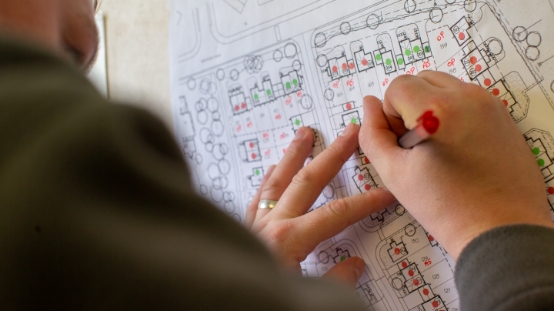
An average Gleeson home takes 51 tonnes of CO2e to build – without further action this will rise to 54 tonnes under the Future Homes Standard due to the increase in size of properties, thermal insulation and increased embodied carbon of alternative heating systems.
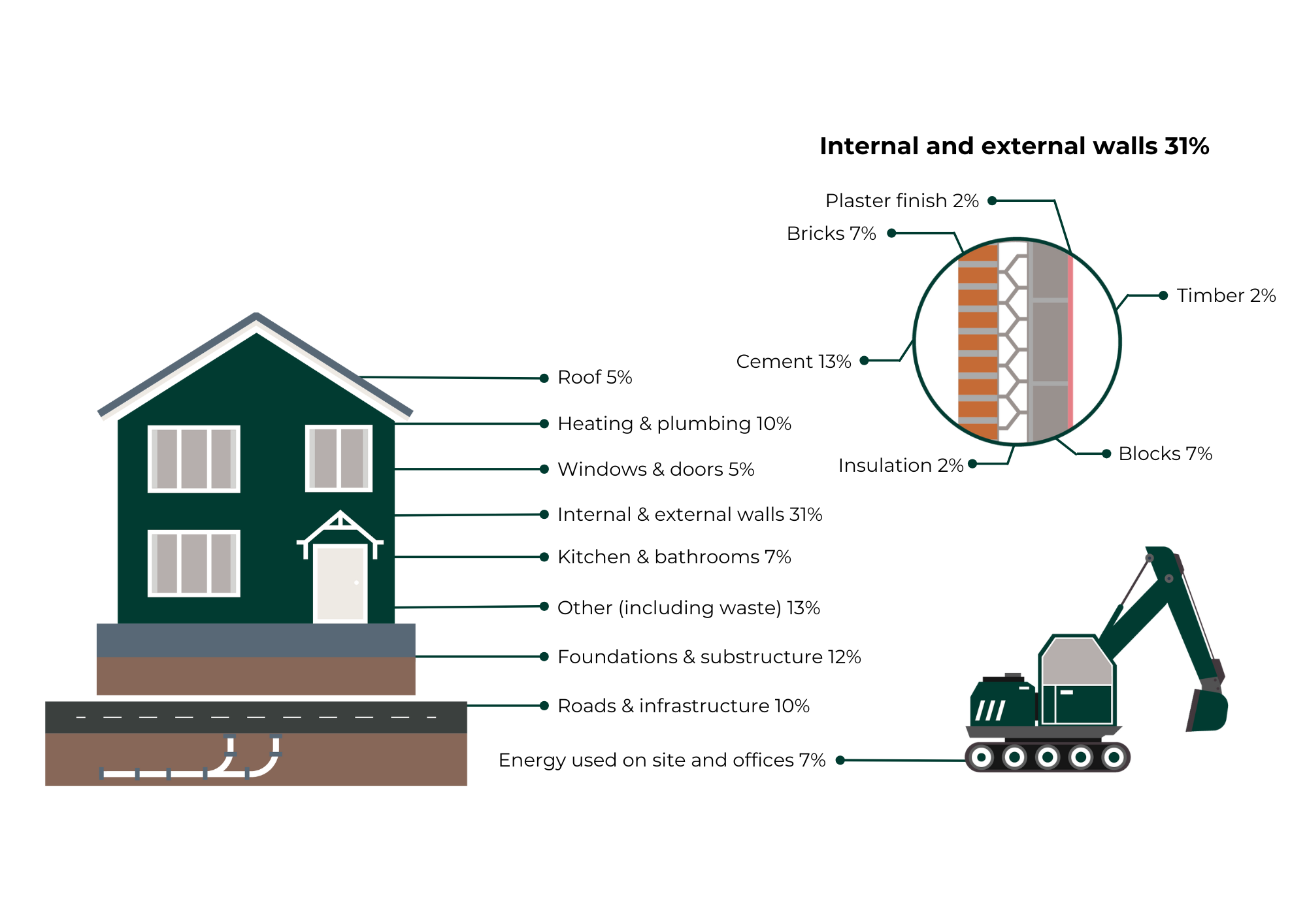
We are committed to reducing our impact on the environment. In the year we have set near-term and net-zero carbon reduction targets, underpinned by robust decarbonisation plans. The whole organisation is working towards achieving these goals. In addition to our carbon plans, we have implemented new policies and strengthened our environmental compliance team.
Our Progress
For the year, our scope 1 and 2 emissions decreased to 3,510 tCO2e, a reduction of 2% from the prior year and 5% from our 2022 baseline.
Scope 3 emissions decreased to 1.831 tCO2e per m² , a reduction of 12% from the prior year. This has been achieved through the use of air source heat pumps along with increased use of concrete bricks.
It remains a key priority to reduce our scope 1 and 2 emissions, and our Science Based Targets validation sets out an absolute reduction target for scope 1 and 2 emissions for near-term and net-zero targets.
In 2025, our near-term and net-zero science-based emissions reduction targets were officially validated by the Science Based Targets initiative (‘SBTi’).
The SBTi is a corporate climate action organization that enables companies and financial institutions worldwide to play their part in combating the climate crisis. It allows companies to set greenhouse gas (GHG) emissions reduction targets in line with what is needed to keep global heating below catastrophic levels and reach net-zero by 2050 at the latest. The validation of the targets demonstrates Gleeson’s ongoing commitment to direct climate action through decarbonisation across its value chain. Click here to read the full announcement and the targets we have established.
Whilst the carbon emissions from housebuilding are clearly significant at 51 tonnes per home sold, the emissions from our homes in use over 60 years contributes a further 89 tonnes of carbon emissions. We are looking at ways to reduce the in-use emissions for our customers through heating and energy efficiency.
The Future Homes Standard is designed to reduce the emissions over the lifetime of the house and this is being implemented by changes in building regulations. One significant change is the move away from gas-fired boilers in homes. Alternative technologies are being widely taken up and one of the most efficient is air source heat pumps. Our projections suggest that the Future Homes Standard will increase embodied emissions of building a home by 9 tonnes through the requirement of more materials however this is expected to reduce in-use emissions over the 60 year period by 69 tonnes saving an overall total of 60 tonnes. This assumes that there will be a wider decarbonisation of the electricity grid as the UK switches to more renewable energy sources.
Heating
A key element of our transition pathway is the installation of air source heat pumps in all of our
homes. We began this transition in June 2023, with all homes started after that date having an Air Source Heat Pump (ASHP), making them net-zero ready in preparation for the UK grid being fully decarbonised by 2035, or where our customers move to a verifiable ‘green tariff’ with their energy supplier.
This transition has continued throughout the year, with us installing 418 ASHPs compared to 44 last year, giving a carbon saving of 34,463 tonnes CO2e over the life of the homes built. As we report on completions, we continue to sell some homes with a gas boiler, but this will be phased out far in advance of our near-term scope 3 reduction targets.
Our homes are already designed to be highly energy efficient and 96% of our homes achieve an EPC rating of B or above.
In assessing the 2025 building regulations and the introduction of air source heat pumps, we changed our insulation methods to make further improvements to energy efficiency. This will reduce both the carbon emissions and the heating costs of the home throughout its life.
2.09tCO₂e
Scope 1 and 2 Emissions target to reduce to 2.09
95%
of Homes achieving an
EPC rating of B
99%
of waste diverted
from landfill
99.9%
of timber from FSC or PEFC
certified sources
Regenerating land - Model Walk, Derbyshire
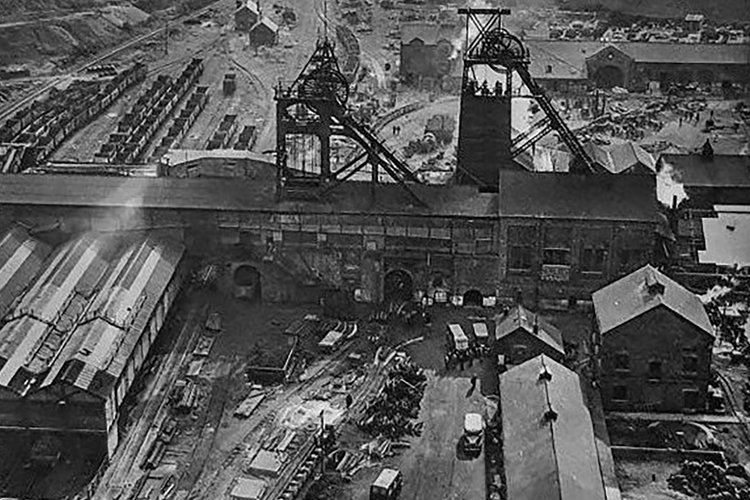
Model Walk near Worksop sits on part of the former Creswell Colliery, which was in operation from 1894 until its closure in 1991. The site has an extensive history and, following its closure, the land remained derelict and disused for around 25 years until it was acquired by Gleeson Homes.
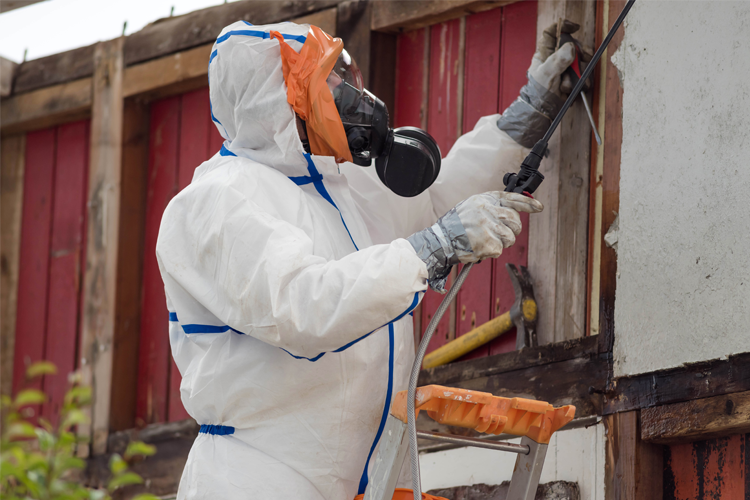
Since its closure, all of the old mining buildings were removed by the former owners, but the site had extensive rubble, hard standing and detritus across it. In addition, parts of the site were contaminated from the former activities including the presence of polycyclic aromatic hydrocarbons, arsenic and naphthalene together with areas that were infested with Japanese knotweed.
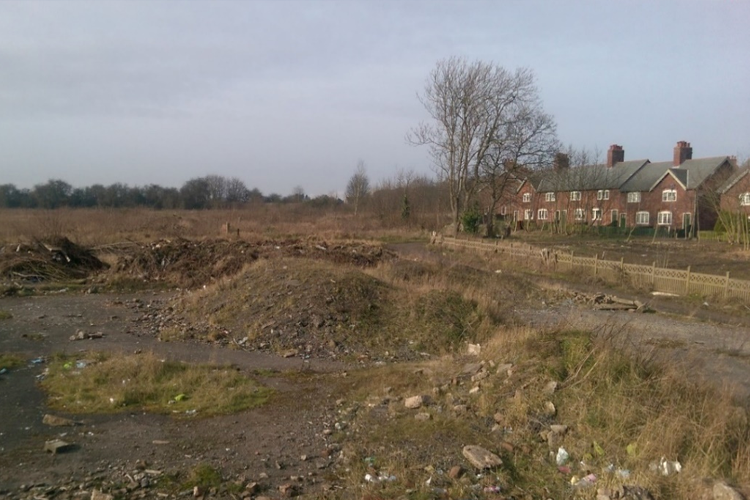
A detailed planning application was submitted by Gleeson Homes in 2016. Following years of neglect and anti-social behaviour on the land, the scheme received unanimous support.
The site required extensive remediation including the removal of hardstanding, brick, glass, contaminated topsoil, Japanese knotweed and other contaminants. There were also varying capping depths required across the site and additional radon precautions in certain areas.
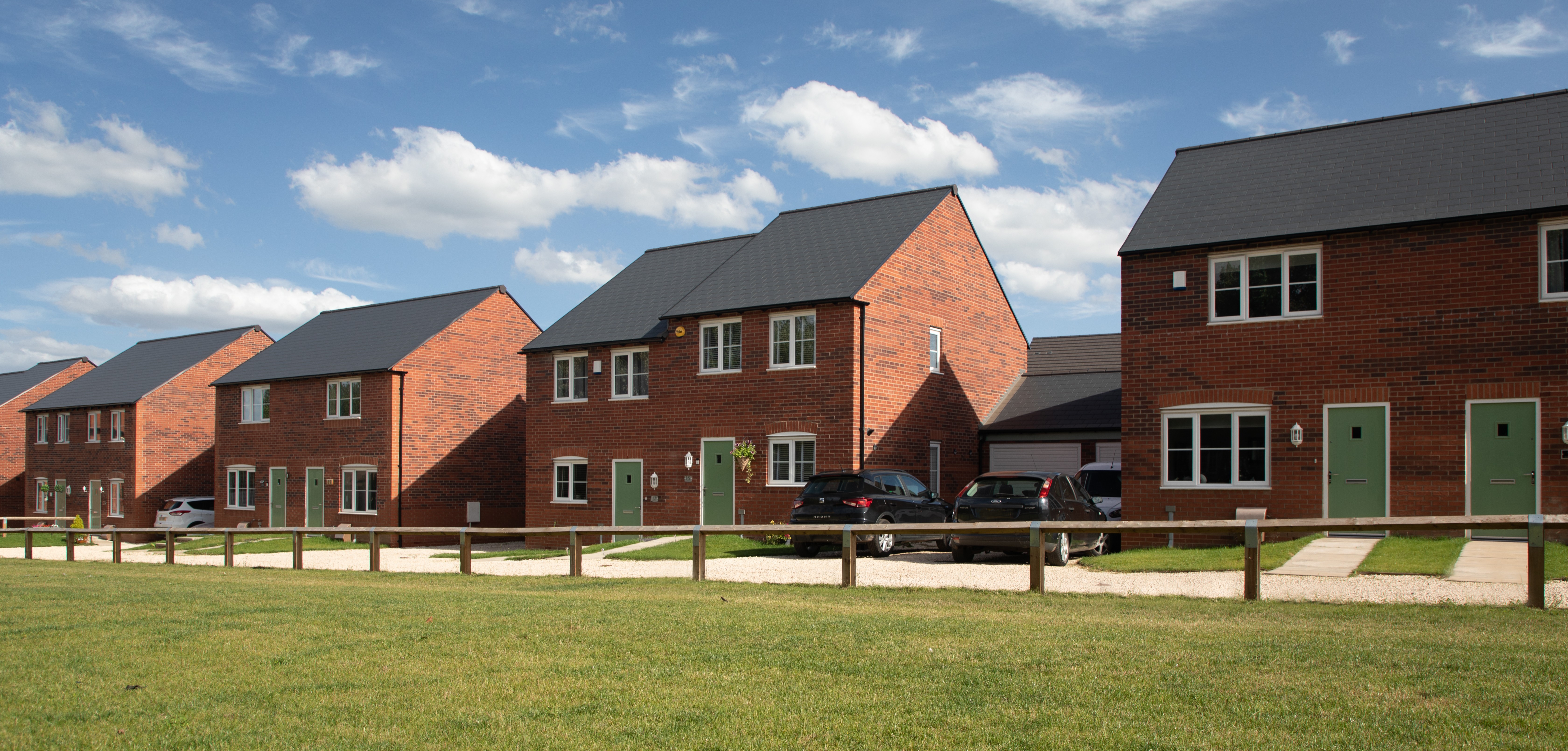
The site has 197 plots with two, three and four-bed homes and open space. Special designs were needed for the homes fronting on to the historic Model Village conservation area to address and celebrate a unique setting. The development has also paved the way for the regeneration of the remainder of the former colliery to the south and west, providing high quality, affordable homes for local people.

Regenerating land - Carlisle Park
Rotherham, South Yorkshire
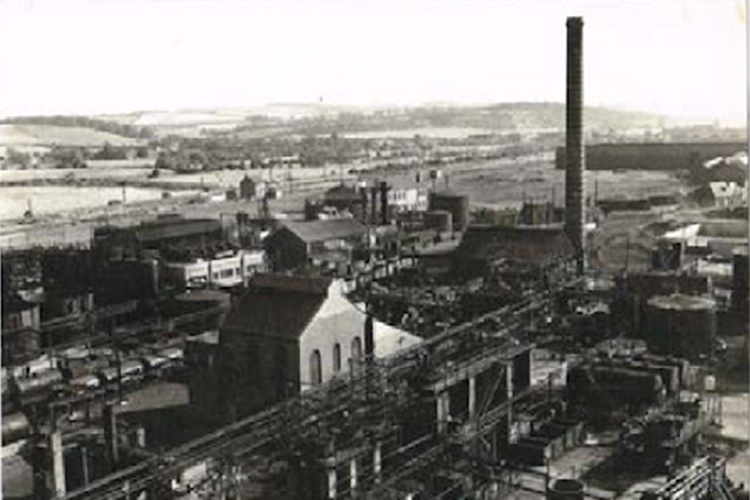
This site in Kilnhurst, South Yorkshire, had operated as a chemical works for over 100 years.
It has acted as a bitumen processing plant, tar distillery, iron works and a forge. The site had been derelict for five years before Gleeson acquired it for development in 2012.
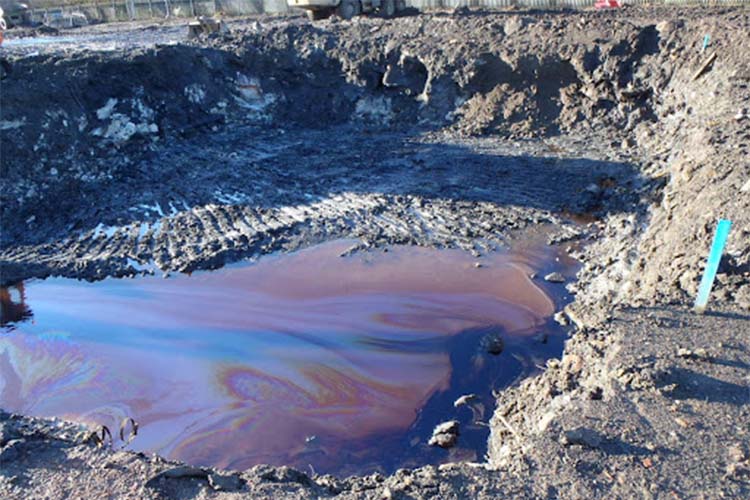
There were three major challenges to the development of the site:
• The land was heavily contaminated with non-aqueous phase liquids (“NAPL”) of petroleum carbons, solvents including phenols, and other less mobile polycyclic aromatic hydrocarbons.
• There were numerous un-surveyed foundations and obstructions from the former chemical works.
• It was unclear what services were passing below the site as the buried services for water, gas and electric were not clearly set out.
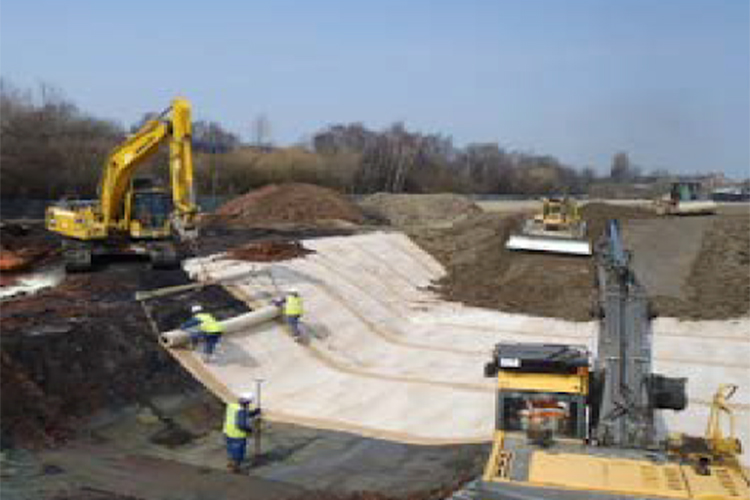
Gleeson has spent £8.6m remediating the site over the period of development including:
• 300,000m3 of contaminated ground was excavated, treated and stabilised.
• 25,000m3 of derelict foundation concrete was broken out, crushed, processed and reused.
• A proprietary geosynthetic clay layer, incorporating a bentonite clay layer, was placed over the whole site.
• The site was then capped with a 1.7 meter thick layer of clean material placed as a foundation above the capping layer.
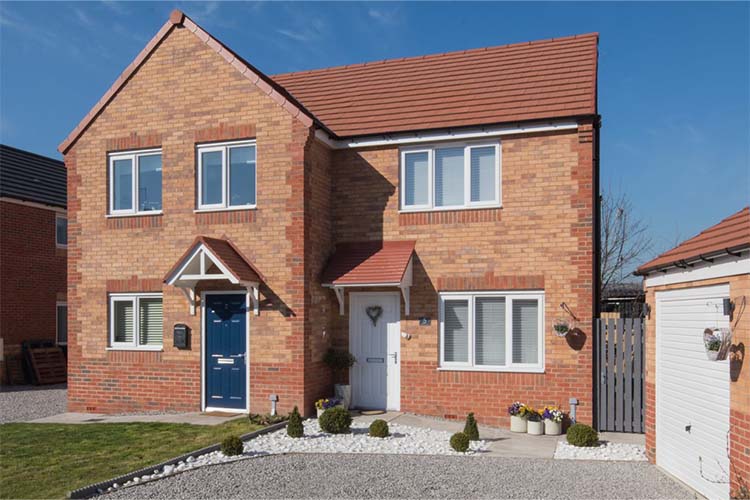
As a result of the remediation we:
• Cleaned the site.
• Stabilised the contamination.
• Reused all the stabilised materials on site.
• Exported and recycled for scrap the waste metals from the structure of the chemical works.
All works were supervised by third-party consultants and approved by both the regulators of Rotherham Borough Council and the Environment Agency.
Air source heat pumps - For all homes built after 15 June 2023, we are installing Air Source Heat Pumps (“ASHPs”), which means that our homes will be net zero ready in preparation for the UK grid being fully decarbonised by 2035, or where our customers move to a verifiable “green tariff” with their energy supplier.
Concrete bricks - Over the past few years we have
increased the use of concrete bricks, which provide
a significant reduction in embodied carbon over a
traditional clay brick. In 2025 we sold 554 homes
built using concrete bricks or reconstituted stone. This
will continue to increase and, as with any other material
changes, we will ensure that these do not impact on the
quality, longevity and aesthetics of the homes we build.
Hybrid generators and grid connection – One of the largest opportunities within our scope 1 and 2 reduction initiatives is gaining early grid connections for our developments and limiting the use of generators on site. Our electricity is purchased on REGO-backed green tariffs. Combined with the UK Government’s commitment to decarbonise the grid by 2035, energy transition from burnt fuels using generators to “mains” electricity provides significant carbon emissions savings. As part of our processes, we target getting sites connected to the grid at the earliest opportunity. Where generators are required, we have undertaken trials this year using hybrid generator technology. Trials of the 30 kVA generators showed average fuel and emissions savings of 39% over a standard diesel generator. As such, all new sites will utilise hybrid generators until a connection to the grid is achieved, where it is commercially viable to do so.
Supply chain and sustainable materials – In 2022 we proudly became a partner of The Supply Chain Sustainability School. This enables us to upskill colleagues and work collaboratively with other housebuilders, subcontractors and suppliers within the construction industry to achieve common goals in delivering a sustainable future. Throughout the year we have provided learning pathways for colleagues and subcontractors and have achieved the Gold level of engagement.
Our developments are typically located in areas where there is a need for regeneration including areas of deprivation or brownfield sites that would otherwise remain unused. Four out of five of our homes sold are in the most deprived areas of the country or on brownfield land. We invest in our sites, creating attractive and well-planned developments with open space and access to local facilities. We continue to purchase land in areas that are in need of regeneration, but with good transport links and access to local facilities and employment. Page 69 sets out an example of the brownfield land remediation that we undertake.
We recognise that water is a valuable resource. This year we developed our water strategy to address our water demand and aim to reduce our reliance on licenced water supply. During the year, we undertook a water and energy efficiency campaign across the Group explaining how colleagues can help to reduce water and energy consumption, both at home and in the workplace.We are continuing to evaluate the feasibility of incorporating grey water usage into our operating activities including rainwater harvesting and the use of surface water during construction for site processes such as dust suppression. We are working to establish the tracking of water consumption across the business with actual usage data, rather than estimates, which will aid in targeting areas of high water usage.
| Water consumption | 2025 | 2024 |
|---|---|---|
| Cubic metres of water consumed | 49,716 | 71,991 |
| Cubic metres of water consumed per home sold | 28 | 41 |
| Cubic metres of water consumed per build site | 654 | 911 |
Last year we reviewed and commenced rollout of new water fittings and sanitaryware, providing homes with dual flush toilets, low flow taps, water efficient showers and baths and water meters. As such we managed to improve water efficiency further from an average of 104 litres per person per day to 94 litres per person per day. This is 25% lower than the maximum allowance of 125 litres per person per day specified by building regulations.
We have considered the consultation to Part G of the Building Regulations to align with Defra’s ‘Plan for Water’ to reduce water consumption in new build dwellings. The proposal is a staged reduction towards 2025, 2030 and 2035 to reduce water consumption to 105, 100 and 90 litres per person per day respectively, with a further reduction to 80 litres per person per day in water stressed areas. This means that we already satisfy the 2030 water efficiency proposals and are well on the way to satisfying the 2035 efficiency proposals.
Since 2022 we have been partners of The Supply Chain Sustainability School (“the School”). This enables us to upskill colleagues and work collaboratively with other housebuilders, subcontractors and suppliers in the construction industry to achieve common goals in delivering a sustainable future. Throughout the year we engaged with the School to help develop our fairness, inclusion and respect (FIR) and equity, diversity and inclusion (EDI)strategies. We are pleased to have retained our Gold level of engagement with the School.
We continue to engage with the School by being involved with and contributing to various working groups across sustainable development themes:

In the year, we diverted 98.8% (2024: 99.4%) of waste generated away from landfill through recycling or conversion to energy. We continue with our target of zero waste to landfill and we will achieve this by engaging with specialist waste management providers and implementing initiatives such as pallet repatriation, reuse of waste materials on site and engaging with our upstream supply chain to minimise incoming waste such as packaging. Over the past two years we transferred our waste services to one of the UK’s largest waste service providers to provide improved waste tracking and enable us to establish waste intensity reduction targets.
Whilst we feel that diversion from landfill rates are important and is something we will continue to track, reducing waste in the first instance is more important. Therefore, for 2026, we have set a target to reduce waste generated by 10% per notional build. We continue to work with our waste service provider and supply chain partners to reduce incoming waste and maximise reuse and recycling opportunities.
During the year, our total waste amounted to 7,200 tonnes (2024: 9,622), a waste intensity of 4.0 tonnes (2024: 5.4) per home sold.
Absolute waste has decreased by 25%, and our waste intensity has decreased by 26%.
After November 2023, developments will be required (via the Environment Act 2021) to create a measurable 10% gain to biodiversity, either via habitat retention, enhancement or creation on site, or by the funding of habitat creation offsite, and then also safeguard it for at least 30 years. This is referred to as Biodiversity Net Gain (“BNG”). When we acquire land for development, these sites are often brownfield, including land contamination with non-native, invasive plant species present. The land has often been left for many years to naturally colonise and rewild, so can sometimes have a high biodiversity baseline. Clearing land for remediation in readiness for construction can have an initial short-term detrimental impact on nature at the site but provide a long term benefit and legacy.
We consider biodiversity on our developments from the design stage, considering each site individually to try to retain valuable habitats as well as considering our impacts on protected species and habitats in the surrounding area.
Through planning regulation and our own enhancements we leave a net gain to biodiversity and manage any protected species, which have either been identified during ecological surveys at pre-planning stage or during construction.
We work with local residents, specialists and local councils to ensure we are properly considering the needs of the community and the environment. We hold public consultations or attend parish or other local events to understand the views of local people and we strive to take these into account in developing sustainable and sensitive planning applications. We work very closely with specialist ecology consultants to ensure we are being respectful of the environment including local wildlife, water needs, carbon emissions and more.